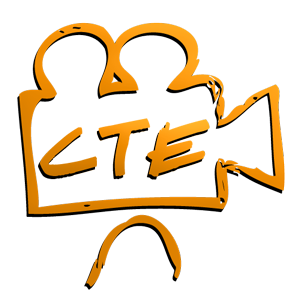HST-AP Introduction to The Nervous System
$2.99
The basic purpose of the Nervous System is to coordinate all of the activities of the body. It enables the Body to respond and adapt to changes that occur both inside and outside the body.The two major parts to the Nervous System are the Central Nervous System and the Peripheral Nervous System. The Central Nervous System is also divided into two major structures. The Brain and the Spinal Cord. The Brain is found within the skull, or cranium and it is made up of 6 main sections. These six are the Cerebrum, Cerebellum, Diencephalon, the Midbrain, Pons, and the Medulla Oblongata. The other half of the Central Nervous System is the Spinal Cord. The spinal cord is the link between the brain and the nerves in the rest of your body. The spinal cord is divided into four different regions: the cervical, thoracic, lumbar and, afferent and efferent spinal nerves, which merge to form peripheral nerves.
Now that we know the Brain and Spinal Cord primarily make up the Central Nervous System, let’s look at the Peripheral Nervous System.
The Peripheral Nervous System is essentially, the Nervous System outside of the brain and spinal cord. The Peripheral Nervous System is subdivided into two smaller systems called the Somatic Nervous System, and the Autonomic Nervous System.
Watch this CTE video on the Nervous System to gain a more in depth and visual understanding.
Related Videos
-
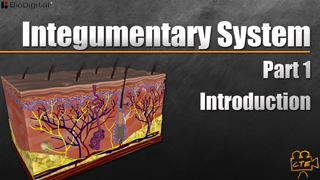
HST-AP Integumentary System Pt. 1
$2.99 (3-day Access) Add to cart -
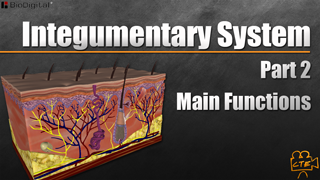
HST-AP Integumentary System Pt. 2
$2.99 (3-day Access) Add to cart -
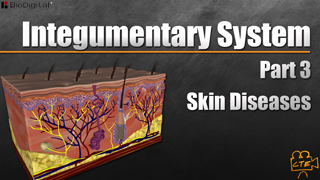
HST-AP Integumentary System Pt. 3
$2.99 (3-day Access) Add to cart -
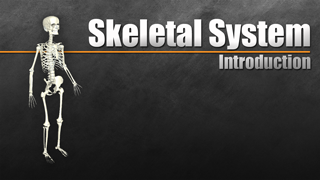
HST-AP Introduction to the Skeletal System
$2.99 (3-day Access) Add to cart -
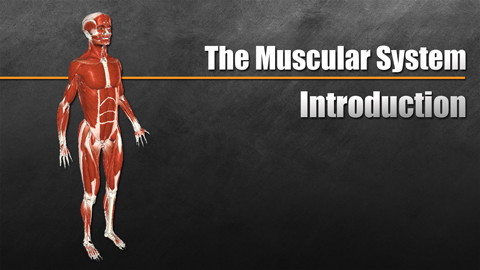
HST-AP Introduction to the Muscular System
$2.99 (3-day Access) Add to cart -
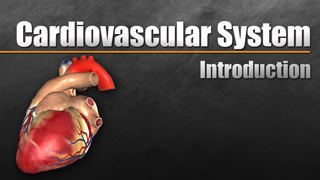
HST-AP Introduction to the Cardiovascular System
$2.99 (3-day Access) Add to cart -
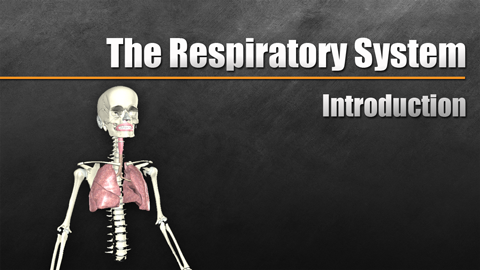
HST-AP Introduction to the Respiratory System
$2.99 (3-day Access) Add to cart -
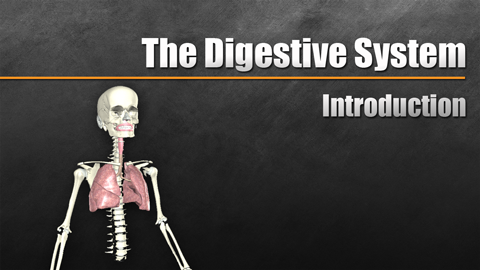
HST-AP Introduction to the Digestive System
$2.99 (3-day Access) Add to cart -
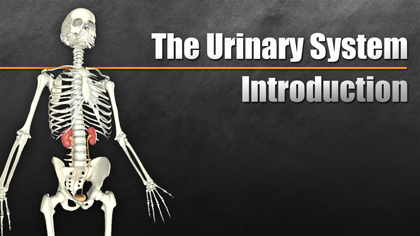
HST-AP Introduction to the Urinary System
$2.99 (3-day Access) Add to cart
